What Is The Difference Between LP and EP in Music?
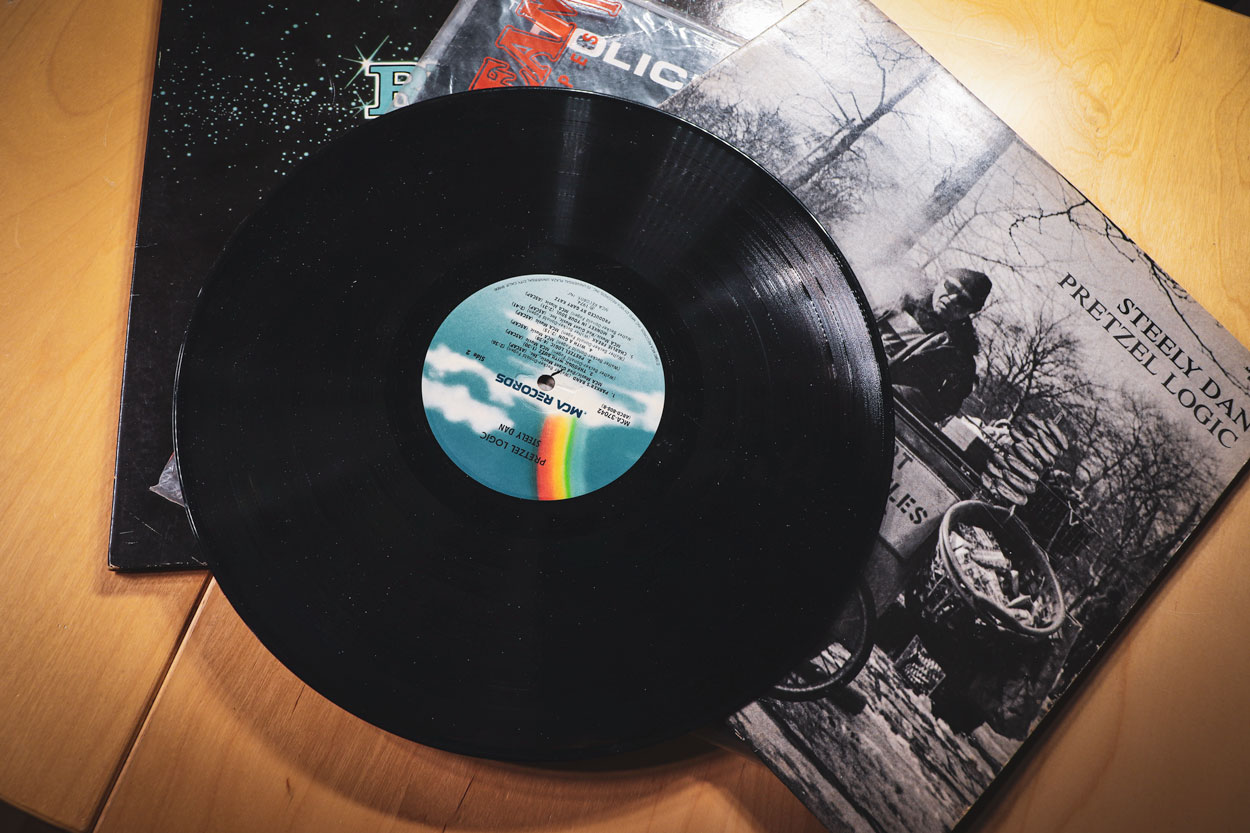

The difference between an LP and an EP is simple. EPs are a type of musical recording that consists of four to five tracks and typically run 25-30 minutes.
They are shorter than full LP albums but longer than two-sided singles. Initially popular due to their small and lightweight size, EPs were cheaper to produce and more accessible to ship than full-length LPs.
Ever since I was little, I’ve always loved vinyl records. My parents kept a modest collection (LPs, EPs, 12-inch singles, 7-inch singles, you name it, they had it) when I was growing up.
What I didn’t realize was the difference between the different types of vinyl albums. I had no clue there was a difference between an EP and an LP.
The Origins of LPs and EPs
While most are unaware today, these terms used to refer to vinyl records, and not digital albums. EPs and LPs were very common in the 60s, 70s, and 80s, but today we only see the term ‘EP’ here and there.
What is an EP?
EP stands for extended play, consisting of either a vinyl record, CD, or a digital download. They usually have more music than just a single, but less music than a full-length album.
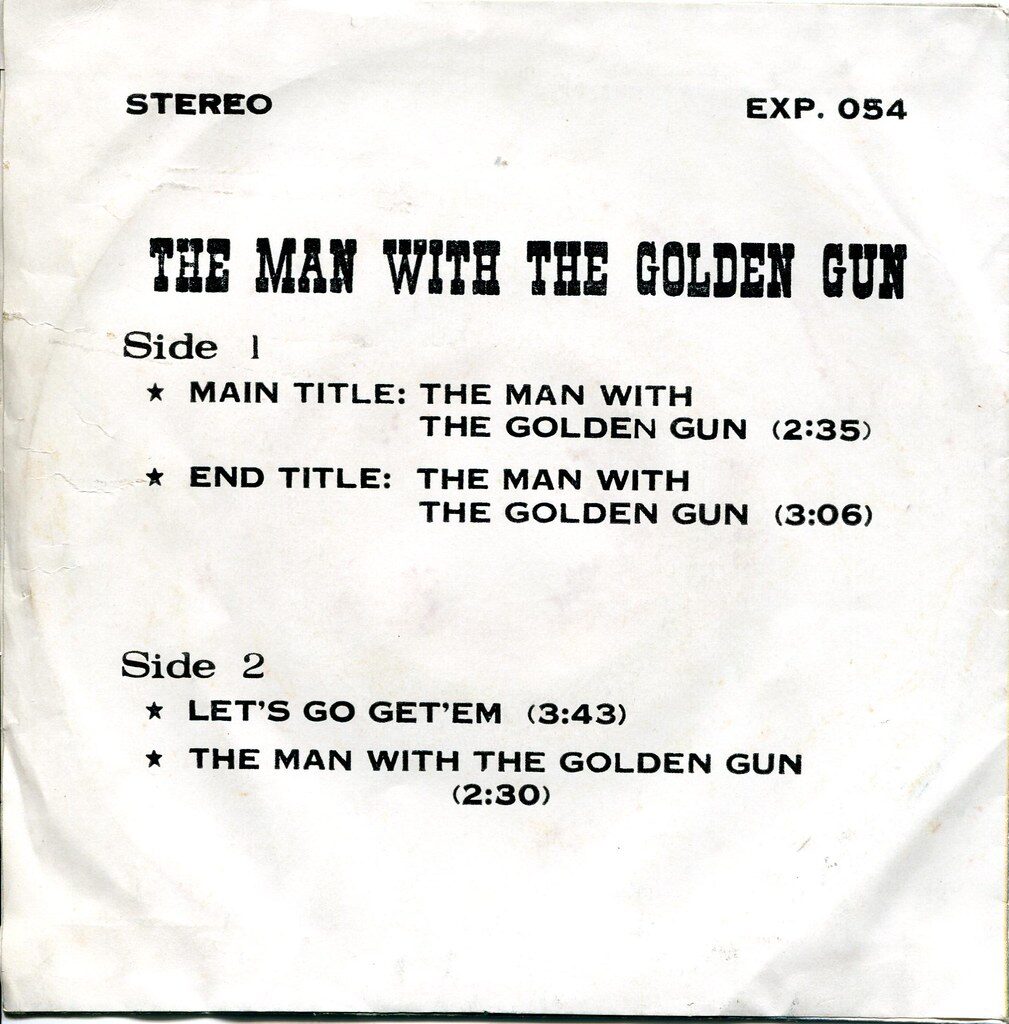
Why the name Extended Play?
In the old days of listening to music, singles were on much smaller records than their regular-sized counterparts. In 1949, when the 45 and 33 1/3 were competing, either only managed around four minutes per side.
This problem led Columbia to invent what is known as the extended play: a format that had narrower grooves.
This innovation enabled a single to run 7.5 minutes per side and still be played by a 45 photograph. These were generally 10-in LPs split onto two seven-inch EPs.
Extended plays initially referred to a specific variety: any record other than the 78 RPM SP (standard play) would count as an EP.
EPs were often on smaller records, and there was little to no standardization regarding size and shape. Most EPs were one of three formats: seven-inch, ten-inch, or twelve-inch running either 33 1/3 or 45 RPM.
Today we see this name applied to CDs and downloads.
EPs are “short albums” that artists use to test the waters before releasing a full album. They are also much cheaper to make, as there is less recording time.
EPs generally contain anywhere from three to six songs and is approximately half or a third of what a full album would be.
Extended plays are popular with newer artists and independent acts. There are no length limitations, given the digital format, and the genre is not discriminatory.
Throughout our musical career, we released only a few EPs, as our main focus was creating full-length albums.
When we did an EP, we’d often spread the release out, dropping one track at a time until the entire extended play was out (this worked particularly well on SoundCloud).
Why the number of tracks often isn’t important
When we think of EPs, we often think of three or four songs on an album. I want to challenge this notion, as some extended plays can range from one to even nine tracks.
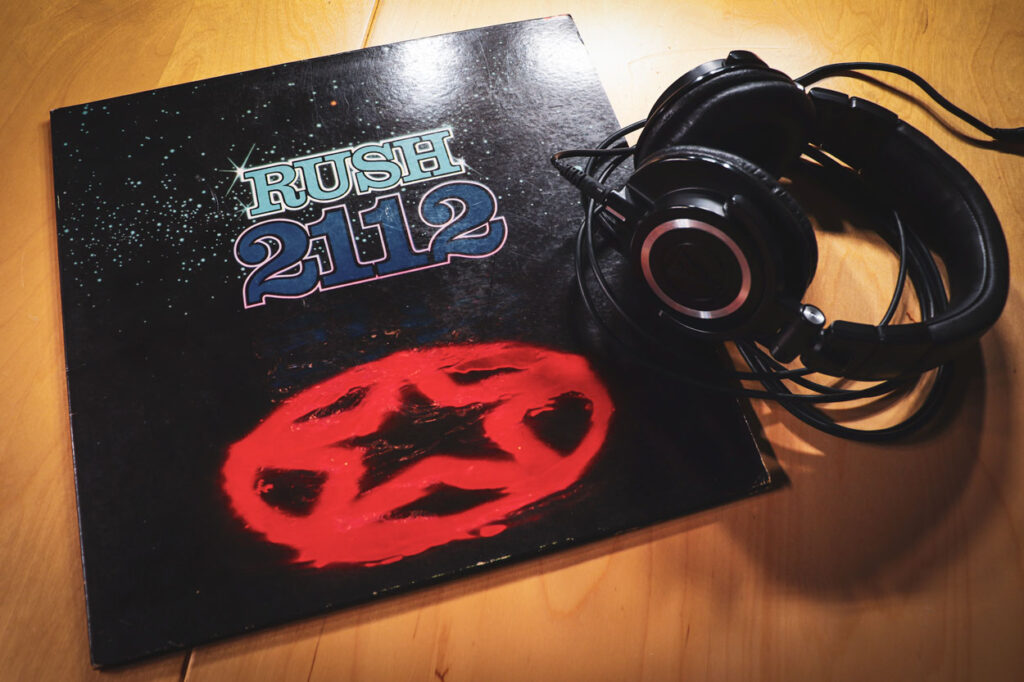
The LP ‘2112’ from Canadian rock trio Rush only contains six songs technically, but the run time is 38:42. The A-side includes the futuristic and dystopian ‘2112’, a seven-part piece with a total run time of 20:33.
On the other side of the coin, punk rock act NOFX’s extended play ‘Surfer’ has a total of 14 tracks. The total run time? A short 13 minutes.
The total length often is more critical when deciding if a work of music is an EP or an LP.
If you’re confused on whether or not to call your next musical project an extended play or a full-length, stick to the seven-song rule.
If the work has seven or fewer songs, it’s an EP.
What is an LP?

LPs refer to long-playing or long-play vinyl records; this is where the abbreviation originates. When I mentioned the term “full-length album” earlier, I was referring to a long play.
In the 1920s, the standard 78 RPM discs had a maximum length of 10 minutes between the side-A and side-B.
In 1948, Columbia pioneered a technology known as the “microgroove.” This innovation is what we know to be the LP; both sides of the record were now able to hold 20 minutes.
The LP quickly became the standard for the entire music industry. Aside from a few tiny changes and the addition of stereophonic sound, the LP has remained the standard format for vinyl.
As we move to the modern landscape, artists have dropped the term LP and instead are using the phrase ‘full-length album.’
CDs had become the dominant medium after cassettes, and the name LP was on its way out.
Track length is always a variable, but modern LPs tend to be between thirty minutes and one hour with 10 to 15 tracks in total.
The last album I can think off the top of my head to use the term long-play has to be The Slim Shady LP (I’m sure there are others, let me know in the comments).
I think it’s a nice touch to have ‘LP’ on the end of the album, depending on the name (especially with the resurgence of vinyl these days). What do you think?
The EP vs. a Mini Album
There is a little bit of a grey area when talking about the differences between an LP and an EP.
There is a subset medium also known as a mini-album. Think of the mini-album as a combination of an EP and an LP.
A mini-album isn’t as long as an LP, but it is longer in duration when compared to an EP.
Does anyone listen to vinyl anymore?
Surprisingly, more than ever.
Many music lovers still enjoy listening with a record player, many of whom were not alive when the compact disc format was standardized, ironically enough.
There is something inherently attractive about the analog nature and sound-quality that a vinyl possesses. Many people have lost connection to music since the majority of it is digital these days.
This trend may be the reasons vinyl and cassette sales saw double-digit growth last year. We even put out a vinyl due to the growing trend.
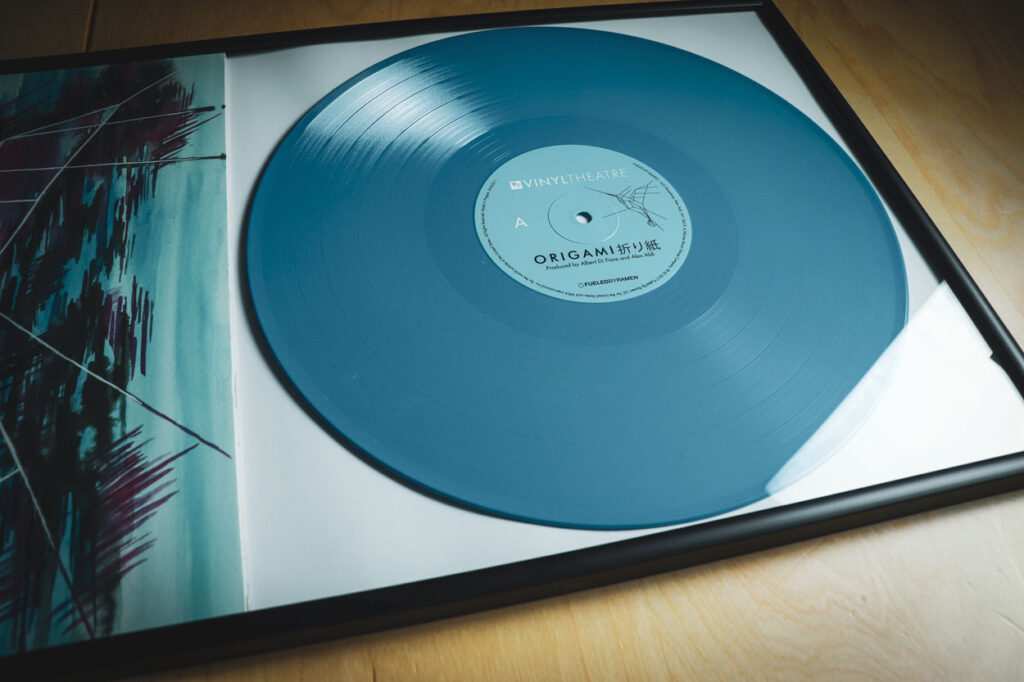
Is the difference between EPs and LPs a big deal?
Yes; especially in today’s music world. Many artists exclusively release extended plays, as the single is king these days.
Full-length LPs don’t perform as well anymore, especially on digital streaming platforms like Spotify. Playlist curators generally only feature one of your songs, and it’s usually your single.
It’s almost like when a radio station picks up your song.
This change has led many artists to only release singles and LPs to maximize exposure on digital streaming services.
More successful acts have better outcomes when producing full-length LPs, as radio and playlisting doesn’t affect their numbers too much. Hardcore fans are there for the entirety of the album, as well (not just the radio single).
When records were all the rage, extended plays served as promotional tools utilized by the record labels. By giving EPs radio stations, promoters, club owners, and others, the record companies could highlight a few songs from a given band or act.
Conclusion
LPs and EPs are two different yet similar formats. An LP is a long-playing record, and an EP is what’s known as an extended play or “extended single.” LPs and EPs can be on vinyl, cassette, CDs, and even digital download.
In general, you can think of LP as a full-length album and EP as half of an album.
If you’re a new artist, I suggest going the route of extended plays, as they offer less time between releases and are more affordable to produce.
Working with singles and EPs is an excellent strategy because you can mess up and still recover.
A failure of a full-length album with six months of leadup and promotion will hurt far more than a few singles and an EP that tanks.
Hopefully, I have helped you learn the difference between extended plays and long plays. Any questions? Please leave them down below in the comments. Thanks for reading, once again.

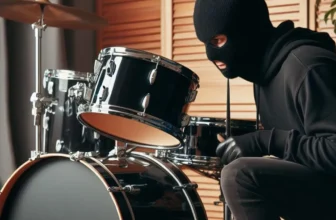
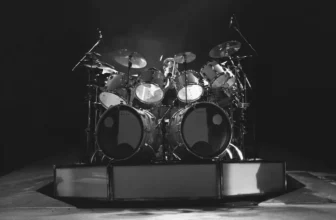

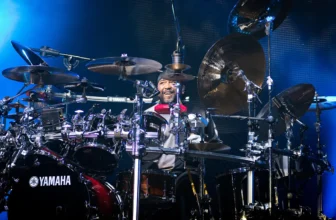
Thankyou so much. For such a beautiful holistic approach to explain the topic.